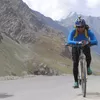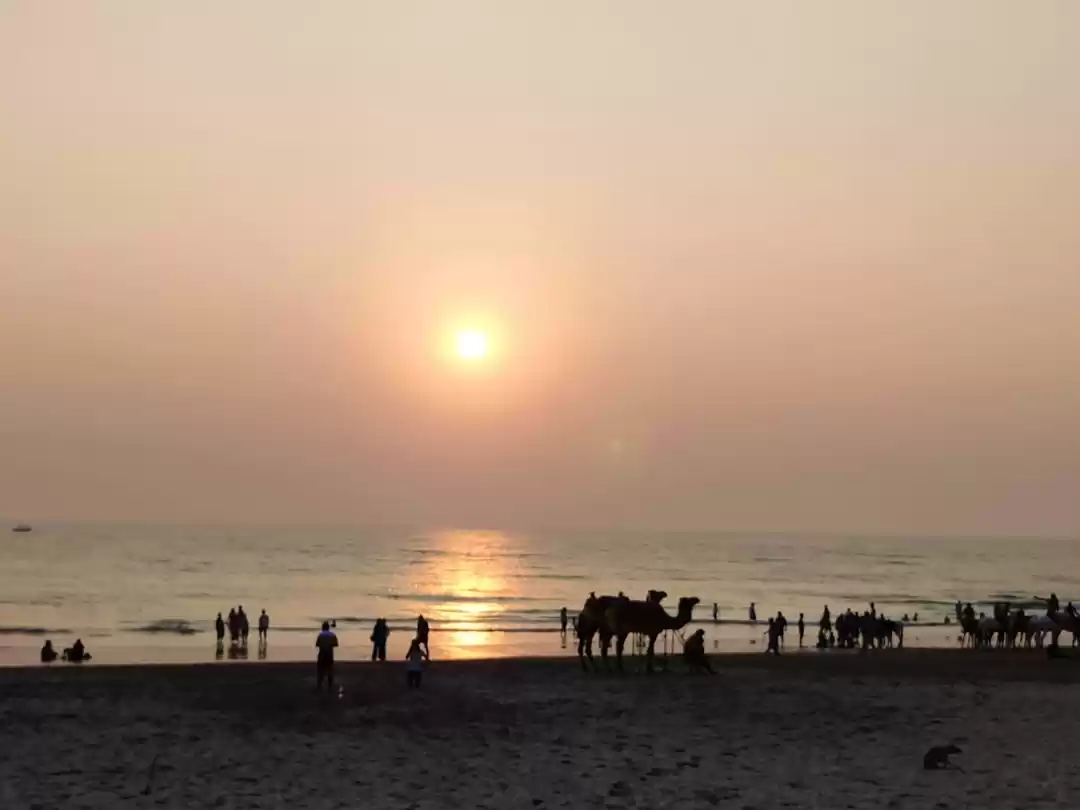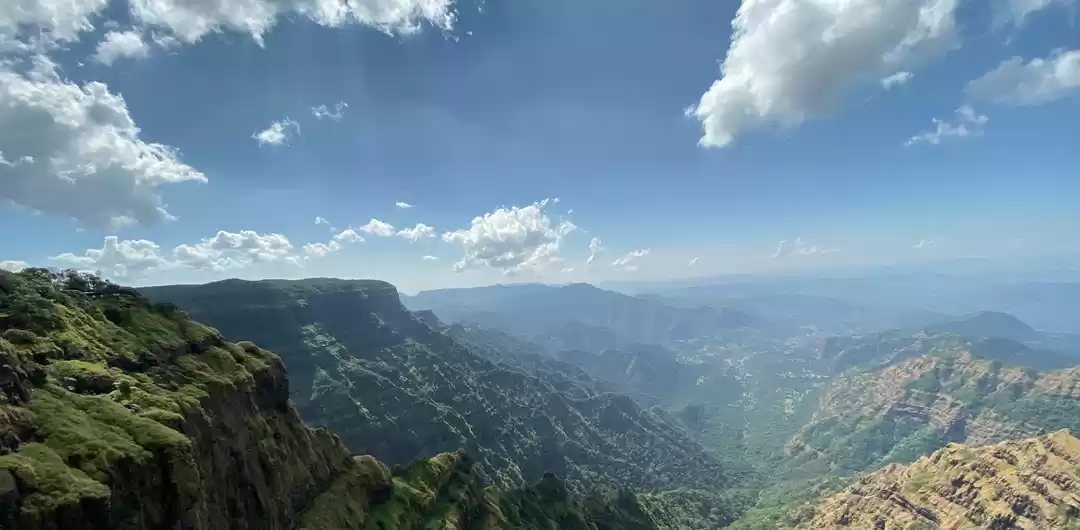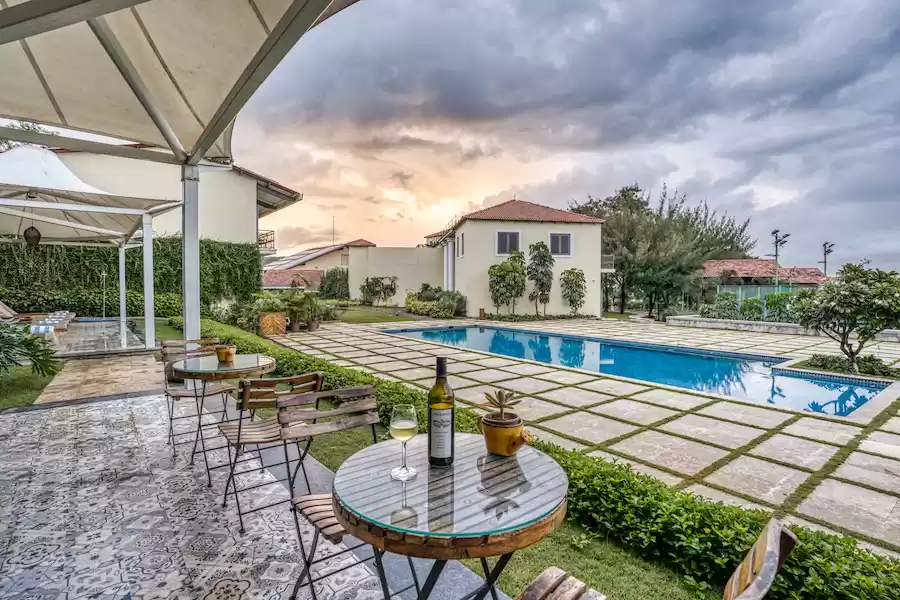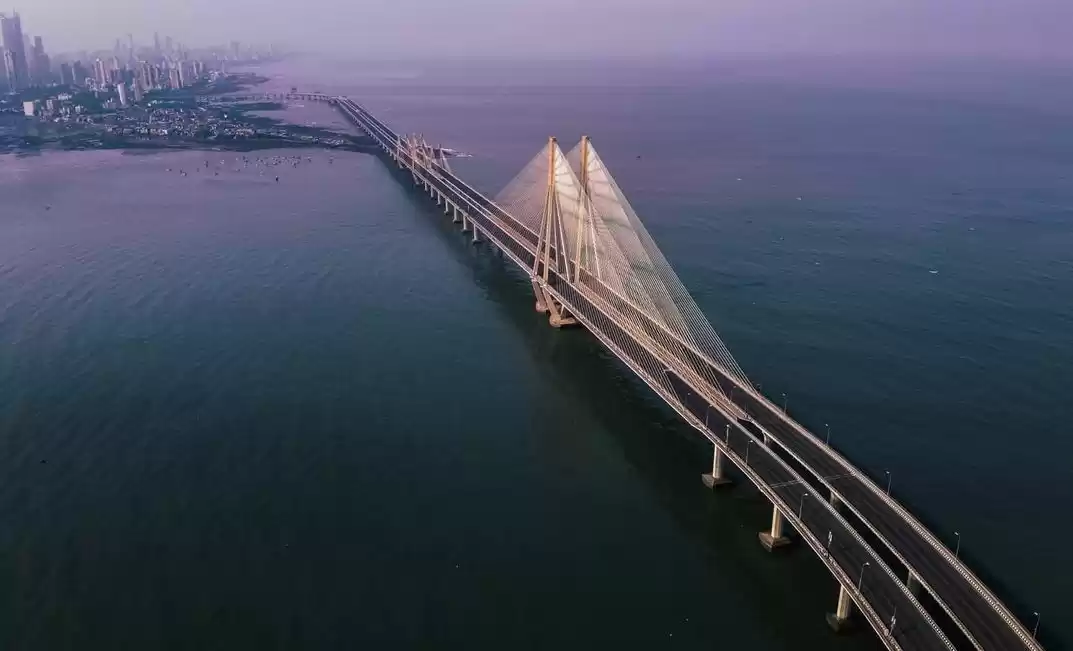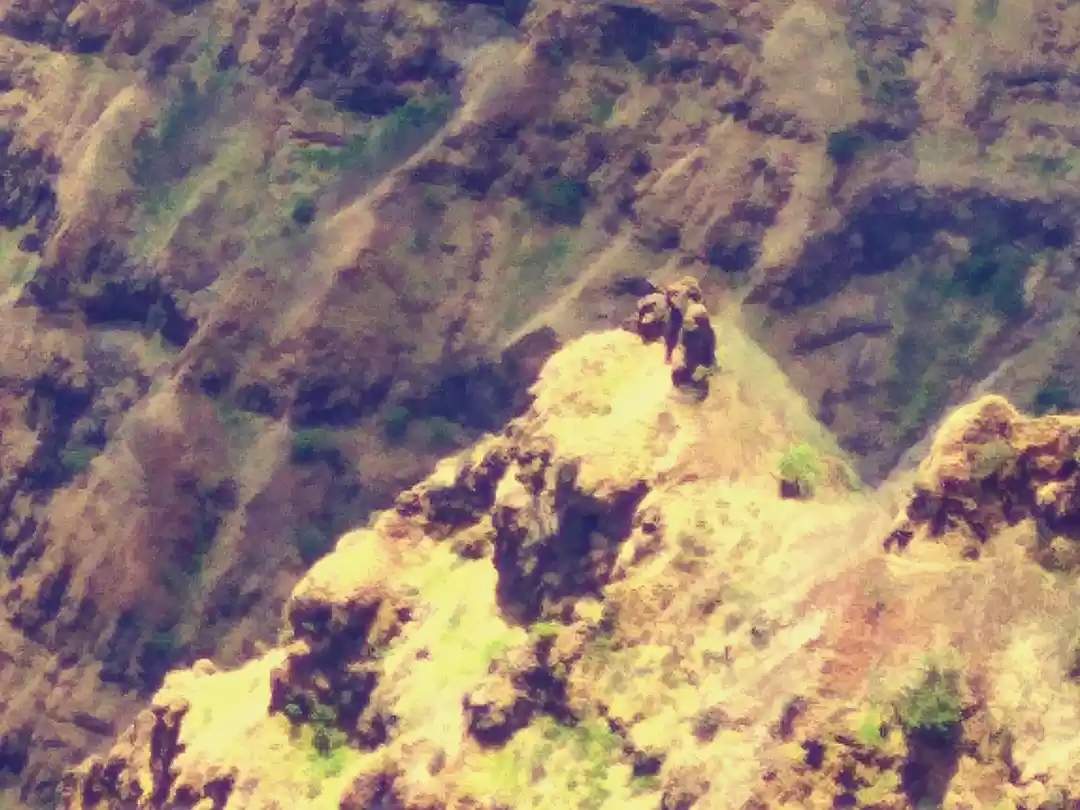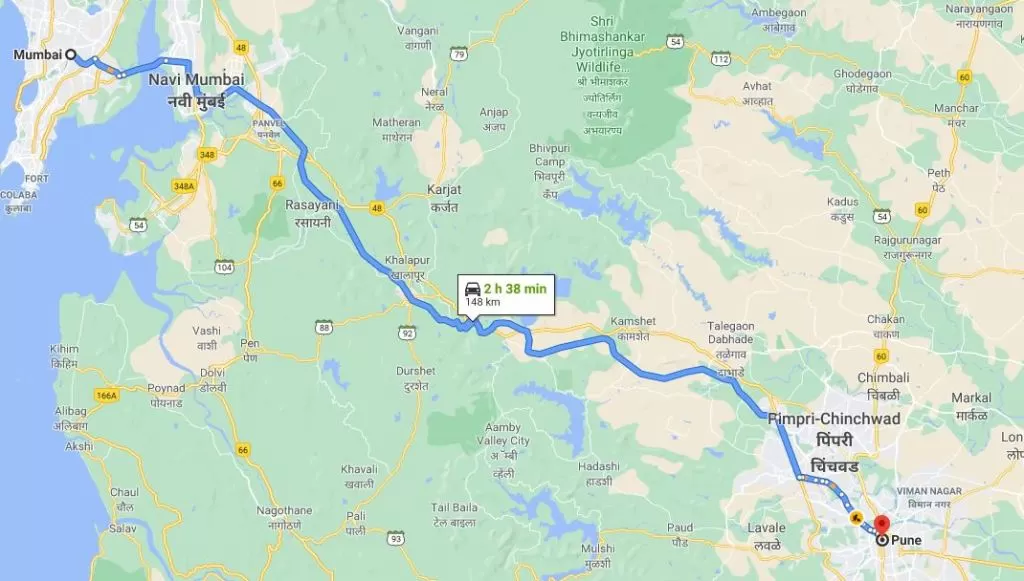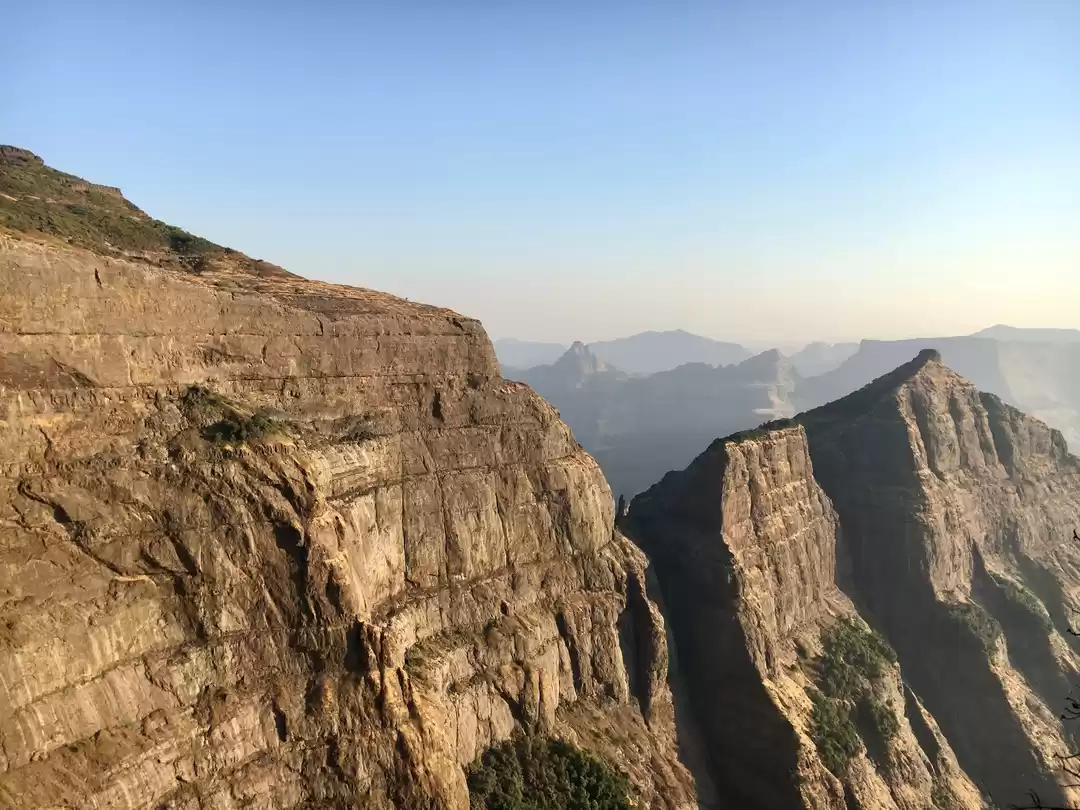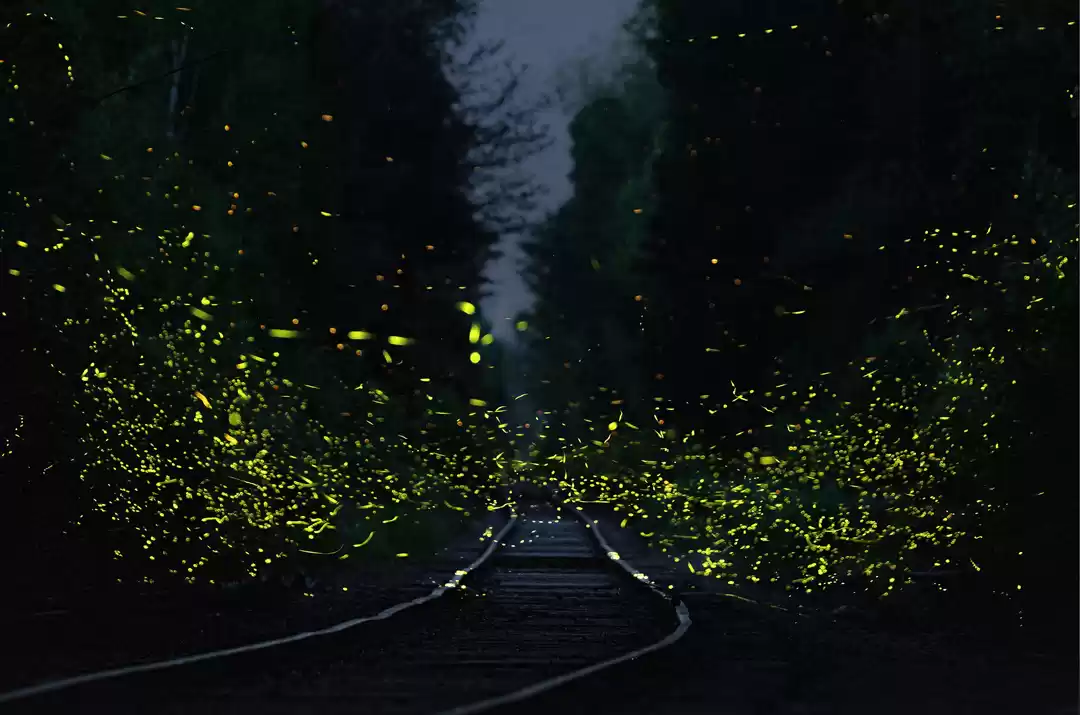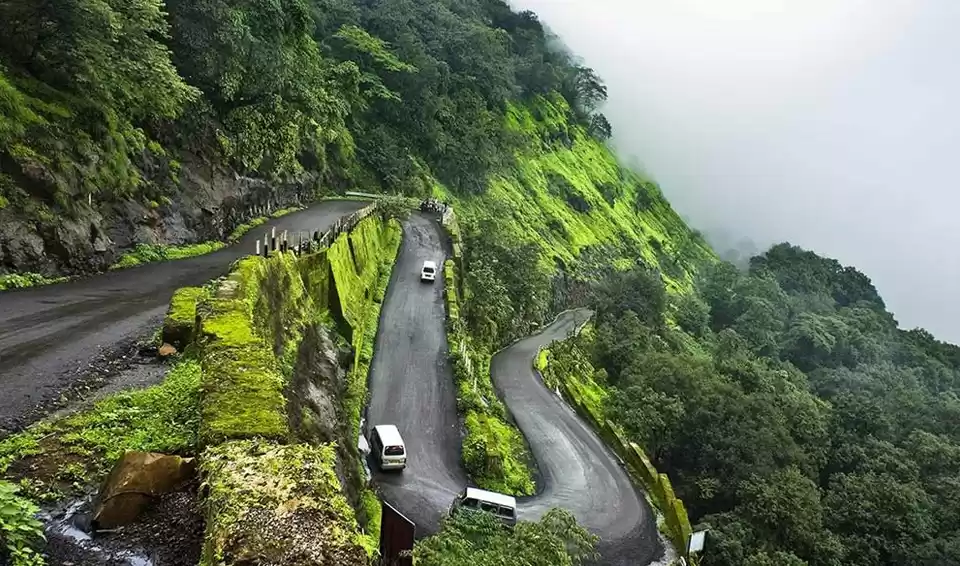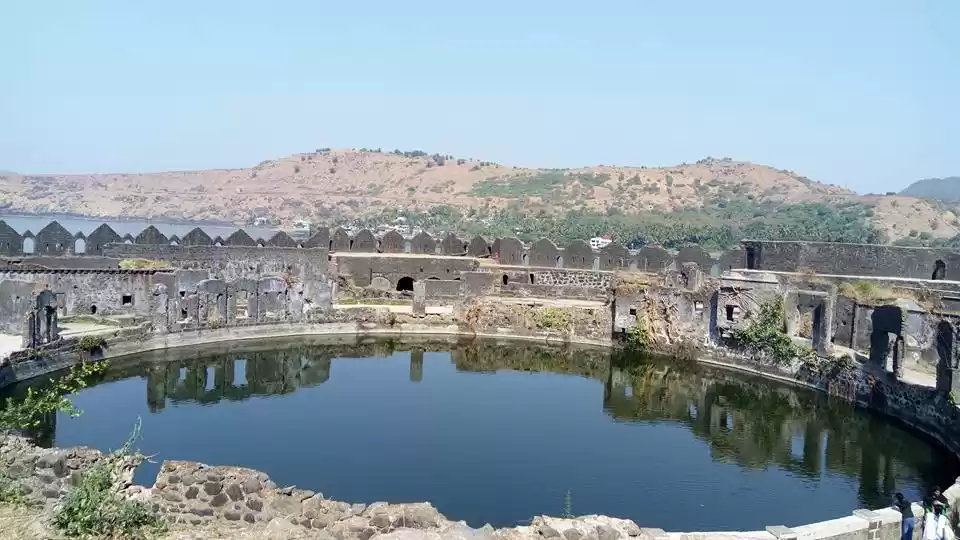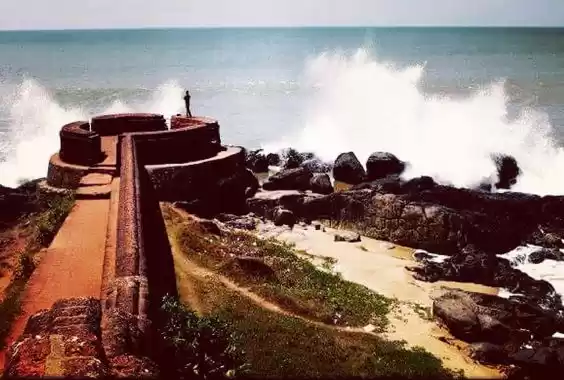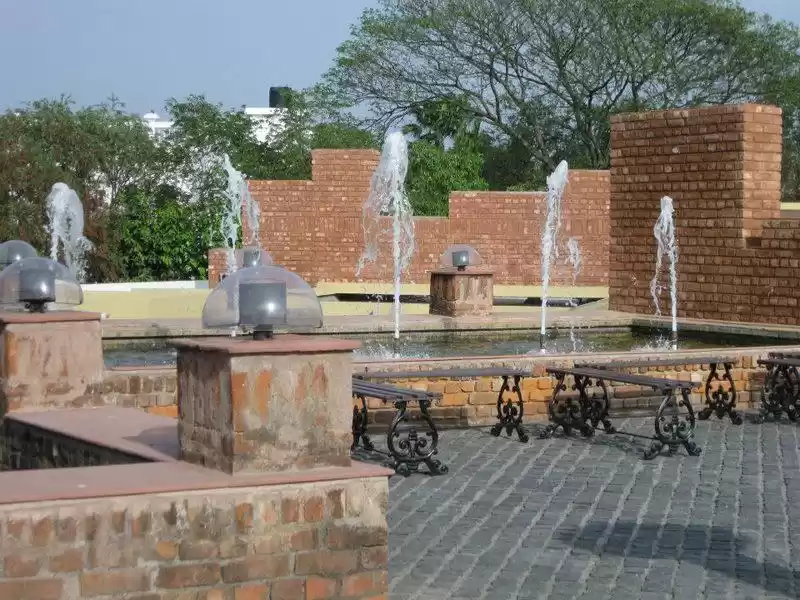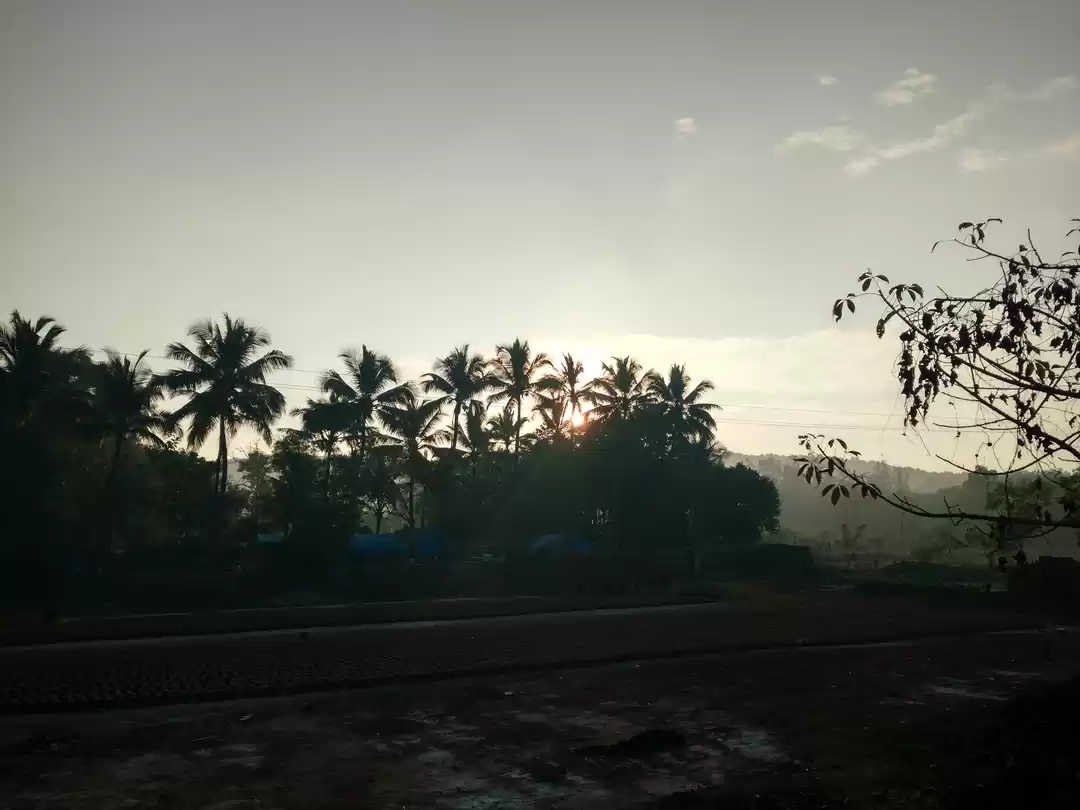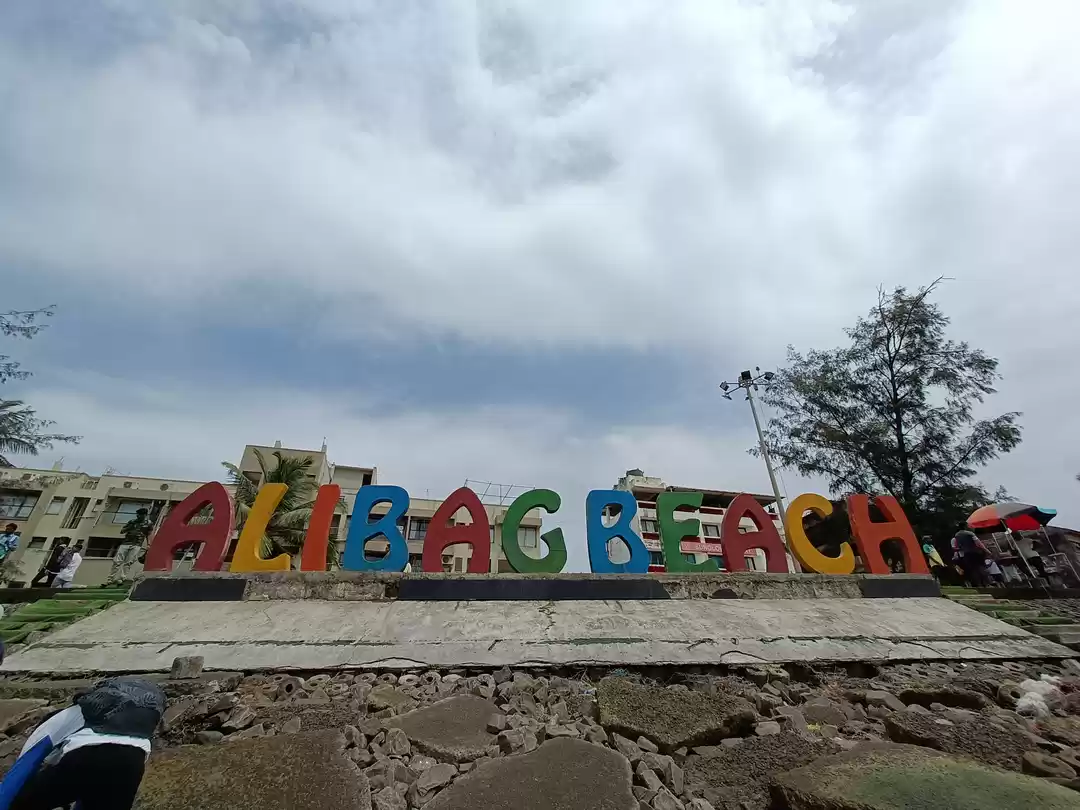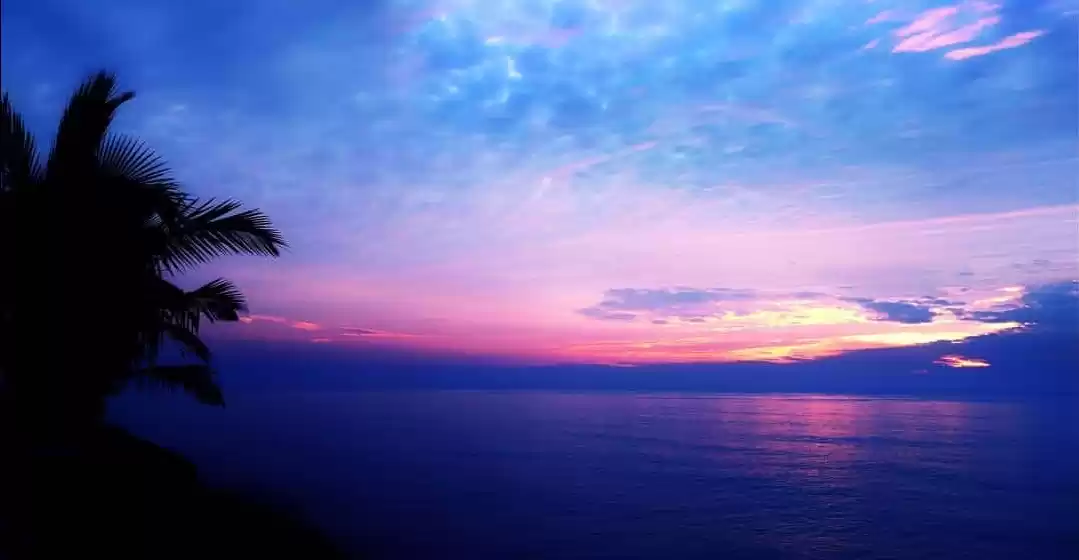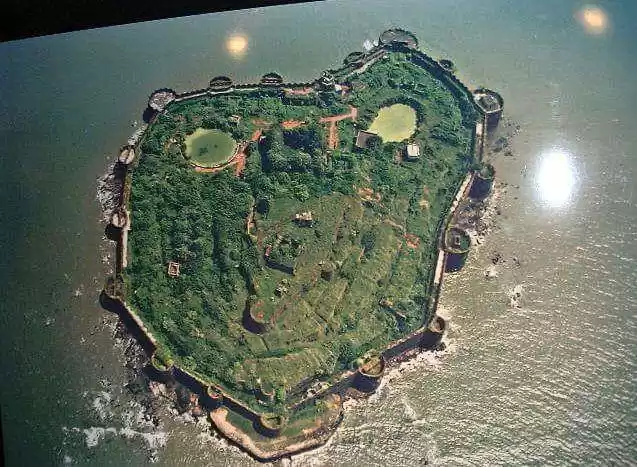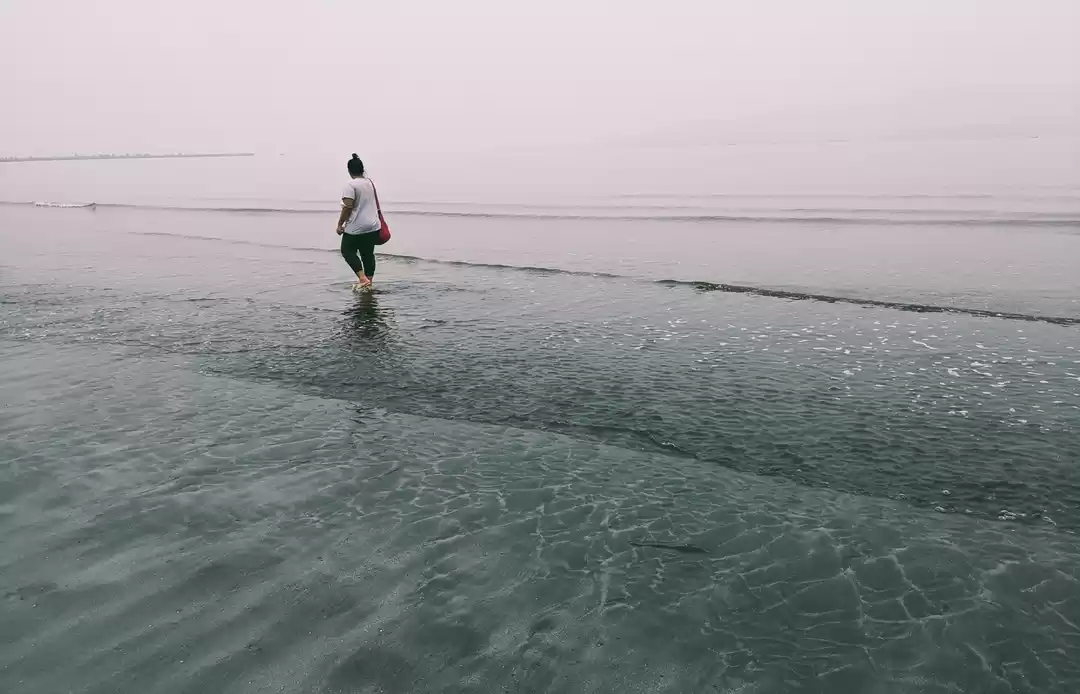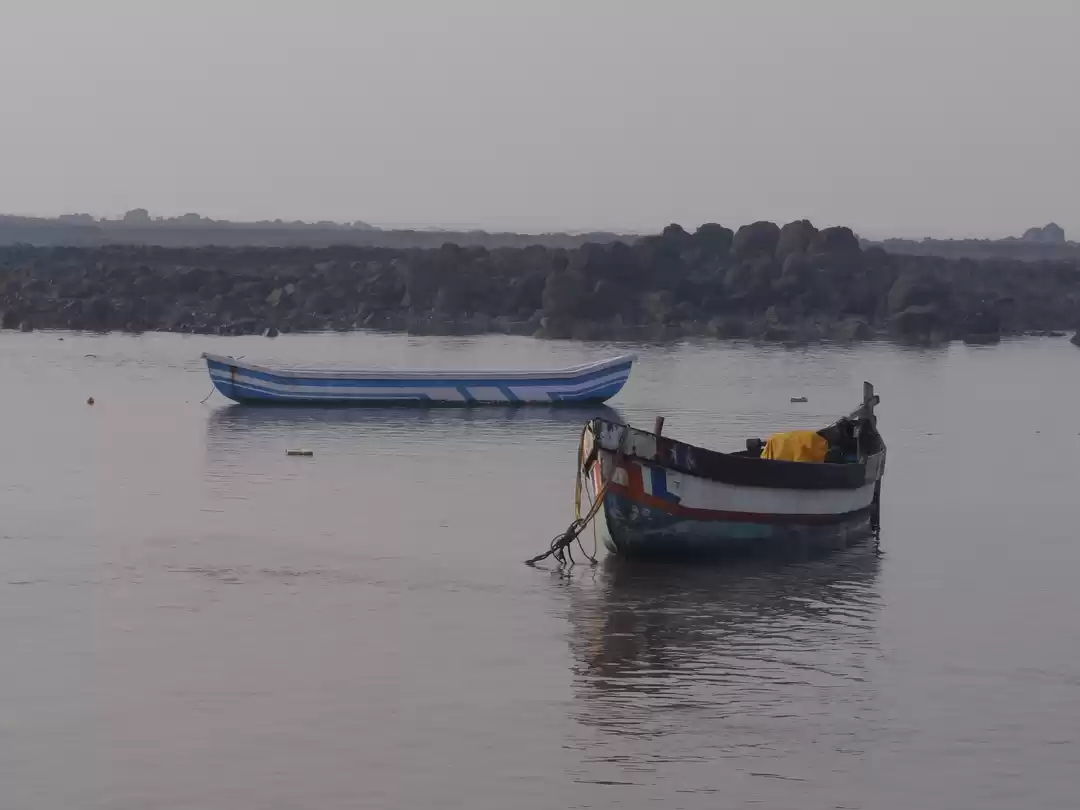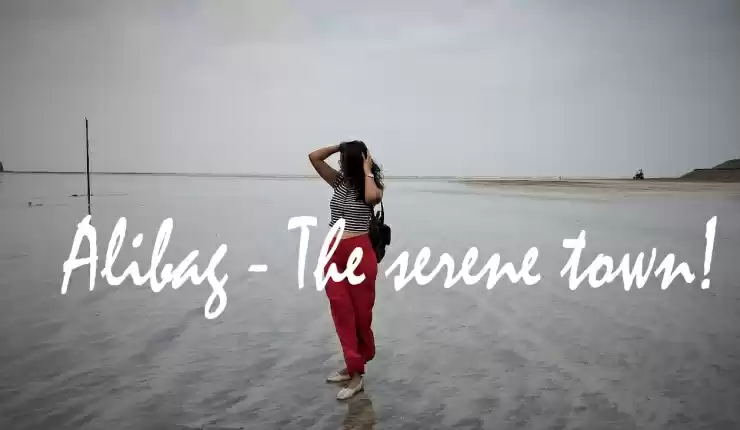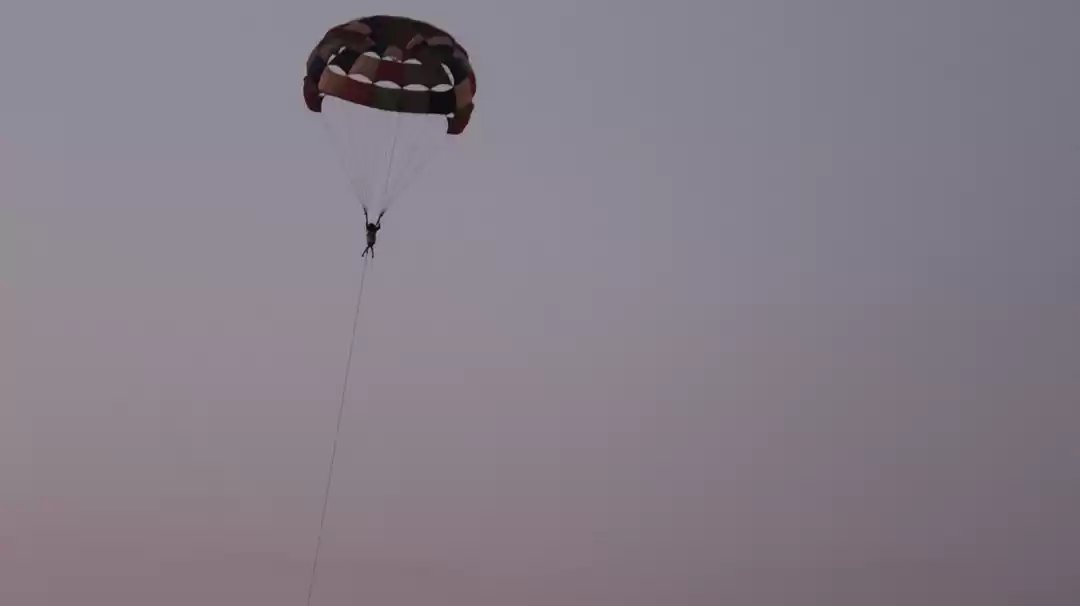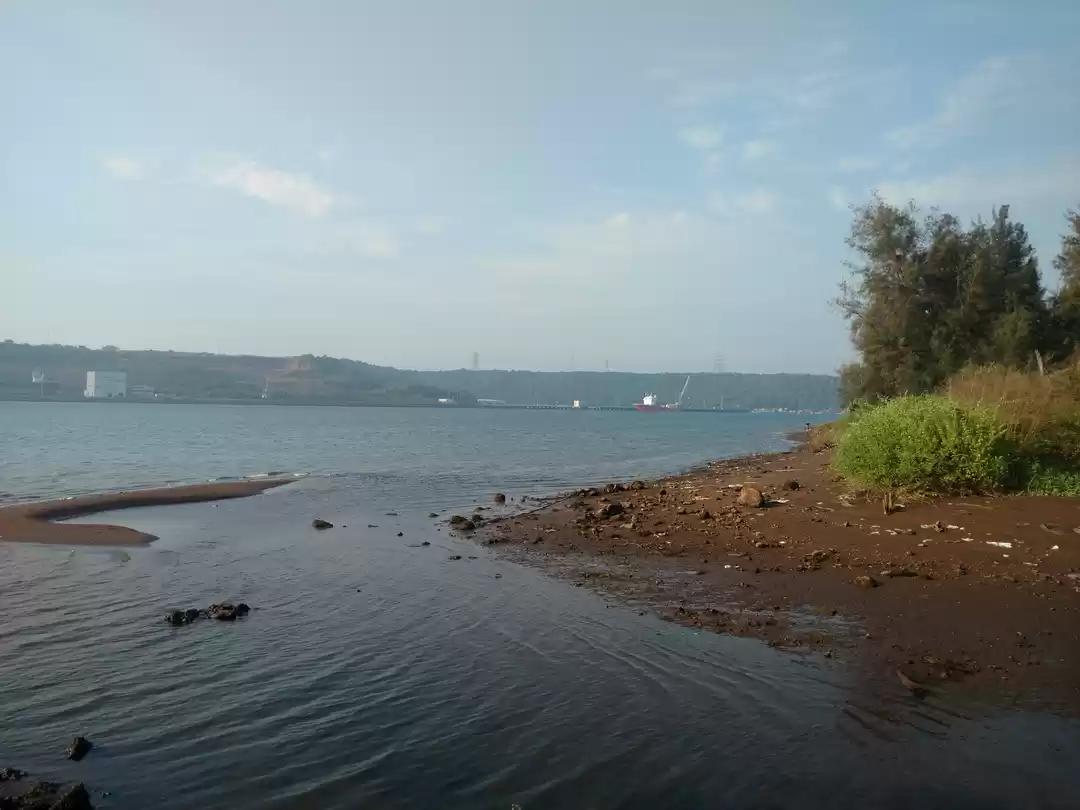My first solo ride and needless to mention started with lot of jitters. Never done it before, how will I manage stay, cycle breakdowns, safety concerns, fear of unknown etc etc.
The objective was simple : try not to lose the vision of the sea and keep riding south till I reach Goa in six days (just in time for Goa River Marathon). Average daily ride of ~ 100 kms, stick to interiors of Konkan (no highways), visit forts, palaces etc entrenched with history, connect with locals, as the sun sets search for homestay and REPEAT.
Day 1 (December 3rd) : Ghatkopar – Gateway of India – Mandwa – keep heading south to Diveagar (~120 kms).
Let the pictures do the talking
6.15 am : Reached Gateway of India for a first ferry ride to Mandwa. Cops had some different plans and refused to let me in. They were suspicious. A pushback from here would have meant an additional mileage of 100 kms via Navi Mumbai and Old Goa Highway, which would have been a disaster. Frisking, identification checks and multiple questions, one specific being “Why are you riding alone?” I certainly had no answer to this one. Missed the first ferry and the day started with a delay of an hour.
Security had been beefed up for Navy Day on December 4th. Every year Navy Day is observed to celebrate the brilliant achievements of the Indian Navy. It was established to commemorate Operation Trident that took place during the Indo-Pak War of 1971. Operation Trident turned out successful and resulted in partial naval blockade on Pakistan and strategic Indian victory. It was the first use of anti-ship missiles in combat in the region and the first sinking of naval vessels in the region since WWII. There were no Indian casualties. This Day In History was declared Navy Day to mark the successful operation and celebrate the country's naval forces. (Source: History TV).
R33, a bit of google search suggested this might ship is more commonly known as INS Vikramaditya (legendary first BC Emperor of Ujjain). The name literally translates “Strong as the Sun”. It is Indian Navy’s largest aircraft carrier. About 40% of this mammoth is from original Russian carrier named Admiral Gorshkov nee Baku and rest of it is retrofitted and upgraded to meet military standards. It’s a Soviet era ship and was offered free by Russian government “except” cost of refurbishment. With cost overruns and delays the final tab for this 44,500 metric ton carrier was $2.3 billion.
This ship has had a fairly long journey : commissioned in 1987 in erstwhile USSR Navy, remained active till 1992, eight years languishing in mothballs with poor maintenance, fourteen long years with mix of hibernation, negotiations (red-tapeism) refurbishment and trials in 2014 it was commissioned in Indian Navy.
Inching towards Mandwa Jetty. Sea gulls cherished the parathas. Courtesy: Wifey
First tinsel fishing village - Navgaon. These villages are known for frozen seafood exports to Middle East
Gentleman at a local wedding insisted to be clicked with bike. He also rode it around.
A secluded waterfront close to Revdanda. Over next 5 days I crossed many such isolated beaches with crystal blue waters.
Lunch at small village close to Phansad Wildlife Sanctuary
Ahmedganj Palace belongs to the Nawabs who ruled this about 150 years back. Popularly called the Nawabs of Janjira the Palace is presently owned by their descendants. The present owner is Nawab Siddi, who himself does not stay at this palace as he resides at Indore /Bhopal. The Siddis are black Africans who were originally sold as slaves in the Indian subcontinent. However, because of their success as fighters and seamen, they rose gradually to power. Small Siddi kingdoms were established in Western India in Janjira and Jaffrabad as early as the twelfth century. The Siddis played an important role in the history of Western India, particularly in the struggle between the Marathas and the Mughal empire; with the Siddis often aligning themselves with the Mughals. The Nawab was a very farsighted man. One of his many projects was the Victoria Jubilee Water Works, which even today supplies water to Murud.
The Palace covers an area of 45 acres. It is surrounded by lush greenery and has a beautiful mosque on the vast lands. The grounds also hold the tombs of the previous rulers. These tombs hold an interesting legend and locals say that vast treasures are buried in these tombs, but nobody has dared to open the tombs till date.
The palace, which is off limits and I couldn’t visit it seemed to be in poor state. That’s one stark difference between forts and palaces of Rajasthan vis-à-vis Maharashtra. With equally rich and interesting history, preservation is relatively better in Rajasthan while forts and palaces are in dilapidated state in Maharashtra
Probably the most decorated fort of Western Maharasthra with colorful historic events. In the 15th century the Nizams ruled over this shoreline and the fisherfolk lived in Rajpuri. Thieves and pirates rampaged this village and its surrounding areas and were an utter nuisance to its inhabitants. The fisherfolk sought the permission of Nizam’s Thanedar and bilt and Medhekot (wooden fort) on a huge rock in the water near Rajpuri to defend themselves from the intruders. Ram Patil, the headman of the fisherfolk, built a Shri Rampanchayatan as well as a Shiva temple on Medhekot. However, later Patil started asserting his independence and refused to oblige to Nizam’s Thanedar.
In order to teach him a lesson Nizam sent one of his commanders, Piramkhan to the village. In the disguise of a travelling merchant Piramkhan anchored three ships loaded with his soldiers at the Medhekot. That night Piramkhan organized a mehfil for the Patil’s men. As the night set in, wine flowed freely and the fisherman were dead drunk. The three shiploads of soldiers imprisoned the fisherman and took over Medhekot.
Burhankan succeeded Piramkhan and he demolished the wooden fort to construct a proper fort using dressed stones sometime between 1567 and 1571. He named in Mehroob (meaning: crescent moon). It is located about 2 kms into the sea.
In 1617 Siddi Ambarsatak was nominated the commander of Mehroob. He was one of the forefathers of the Nawab of Janjira. Shivaji Maharaj made six unsuccessful attempts to conquer this fort. Later Sambhaji, his son also attempted. Realizing that an approach from the sea was not feasible, he decided to build a causeway of boulders and rocks from Rajpuri (mainland) to Mehroob). However, during that time Aurangzeb made and appearance in the south and Sambhaji had to retract back to defend his Swarjya. Later at various points of time, the Peshwas, the British and the Portuguese tried to take over the fort, but Janjira remained unconquered till its merger with India in 1948. Janjira was unconquered during its entire regime and labeled impregnable.
Source: The Sahyadri Companion
Second ferry crossing of the day Rajpuri to Dighe.
Rode about 20 kms post the sunset, which is biggest blunder one can commit and lesson for days to come.
From Day 1 have come across interesting and extremely helpful locals. Met two such folks on this ferry ride who guided me on ride forwarded. They also warned “After this point it's small and deserted villages. It isn’t safe and you will be mugged”
On first thoughts was worried, while the journey certainly got more exciting. Wondering was this observation based on first hand experience or pure hearsay?
Day ended at Borli village, 3 kms short of Diveagar. It was time to crash out after the tiring ride
Do drop in your comments, likes / dislikes
#solocycling #cyclethekonkan #konkancoast #kokan #solotravel #maharashtra #goa #goarivermarathon #adventure #marathon #yolo #travelsolo #travel #murud #janjira #murudjanjira #kashid #revdanda #mandwa #alibaug #kihim #mumbai #gatewayofindia #cycle2work #konkan #forts #ahmedganjpalace #navyday
www.bikatadventures.com

